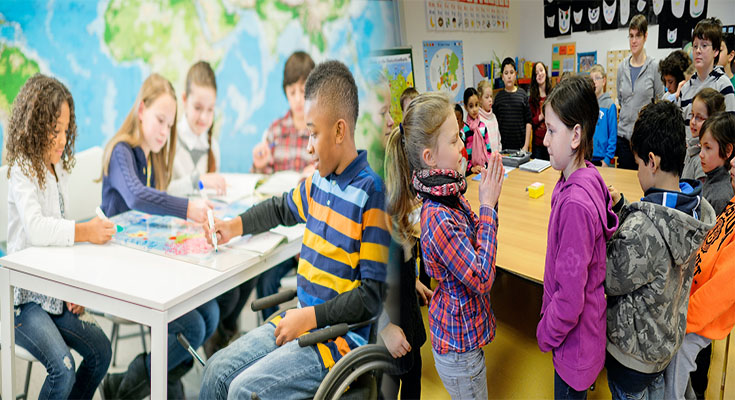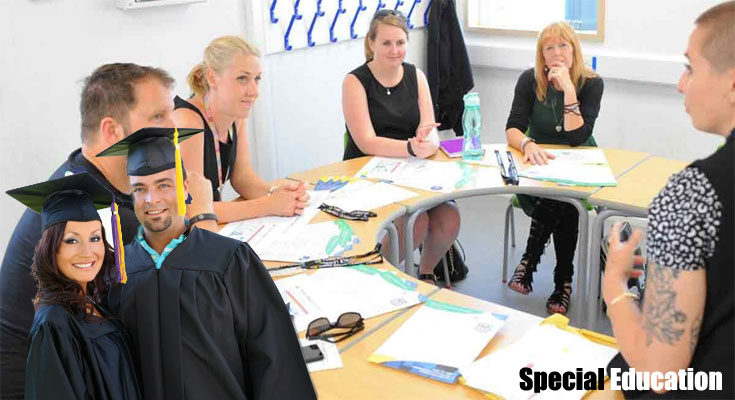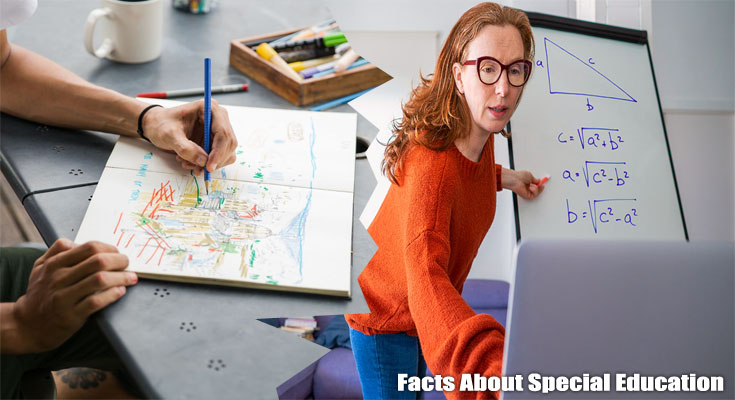
Practical Special Education Examples for Differentiated Instruction
Inclusive education requires teachers to cater to the diverse learning needs of their students. For teachers working in special education programs, it’s essential to employ differentiated instruction to meet the unique needs of each student. Differentiated instruction involves adapting teaching methods and materials to account for differences in learning styles, abilities, and interests. Let’s explore some practical special education examples of differentiated instruction that teachers can use to support their students.
1. Flexible Seating:
Flexible seating allows students to have more control over their learning environment, helping them focus and learn better. For instance, some students may benefit from sitting on a cushion, a wobble cushion, or an exercise ball instead of a regular chair. Allowing students who benefit from movement to move around the classroom or take walking breaks can also help them focus for longer periods.
2. Use of Visual Aids:
Visual aids can help students with special …
Practical Special Education Examples for Differentiated Instruction Read More




